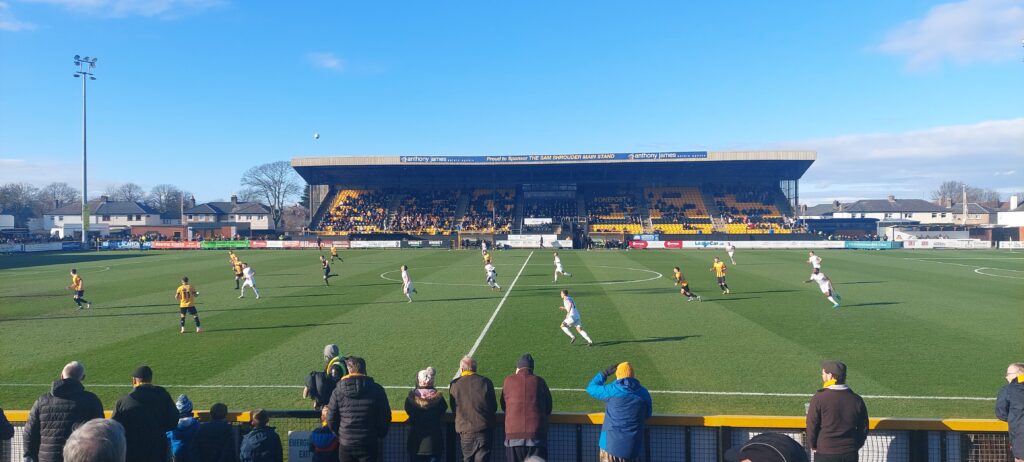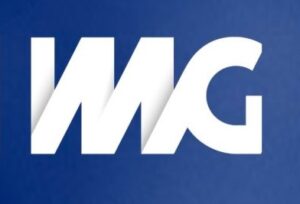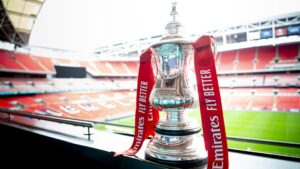Earlier this week, Investing.com published an article under the headline How football turned into a financial machine. It charted how the sport has become one of the most reliable industries in the world, with clubs generating huge sums through broadcasting, commercial deals, hospitality, and stadium redevelopment. Real Madrid, it noted, have doubled their matchday income to €248 million with a revamped Bernabéu, while Tottenham’s new ground increased average supporter spend from little more than a pound to over fifteen.
The figures are eye-watering, but the lessons are not reserved for Europe’s elite. The principle is that stadiums and facilities are no longer backdrops. They are engines of growth. Supporters expect more from their matchday experience, and even modest improvements can change how a club is run and how it is perceived.
That context helps explain why the changes made by Southport’s new owners are so significant. At Haig Avenue the scale is different, but the thinking is the same.
A merchandise stand has been introduced inside the ground. A separate ticket office now operates from the street, leaving the shop itself free from unnecessary queues that might otherwise deter commercial sales. Matchday food and drink has been upgraded, with the marquee providing a central hub for supporters before and after the game. A new bar has been built at the away end which will open towards the end of the month. Hospitality options have been broadened, and the club has also invested in the supporter experience with a new camera position to improve highlights coverage and a modern, highly visible scoreboard. Even the floodlights are in the process of being updated.
None of these projects involve the kind of finance discussed in Investing.com’s analysis, but they show the same mindset: that facilities matter, that the matchday experience is central, and that a well-run ground can generate new revenue streams.
The wider game is now shaped by capital flows, private loans, and regulatory frameworks. UEFA’s Financial Sustainability rules, also highlighted in the original article, are intended to ensure clubs live within their means. For Southport, the challenge is simpler but no less important. Sustainability at this level depends on giving people reasons to attend, to spend, and to feel part of something well organised.
The changes at Haig Avenue reflect a recognition that football is not only about the eleven players on the pitch. It is about the environment that surrounds them and the community that sustains them.
If football has indeed become a financial machine, as Investing.com suggested, then Southport’s recent steps show how the same principles can be applied locally. With thoughtful improvements and a focus on supporters, even modest investments can have a transformative effect.
Disclaimer: This article was prompted by How football turned into a financial machine published by Investing.com on 5 September 2025. Figures and examples of global football finance are drawn from that piece. The analysis and interpretation in relation to Southport FC are my own.
Discover more from Southport Central
Subscribe to get the latest posts sent to your email.

 1 - 3 v FC Halifax Town (H) 11/10/2025
1 - 3 v FC Halifax Town (H) 11/10/2025 




More Stories
If Football Adopted IMG-Style Grading: How Would Your Club Fare?
Tony Rhodes (1946-2024)
Happy 99th Birthday to Trevor Hitchen